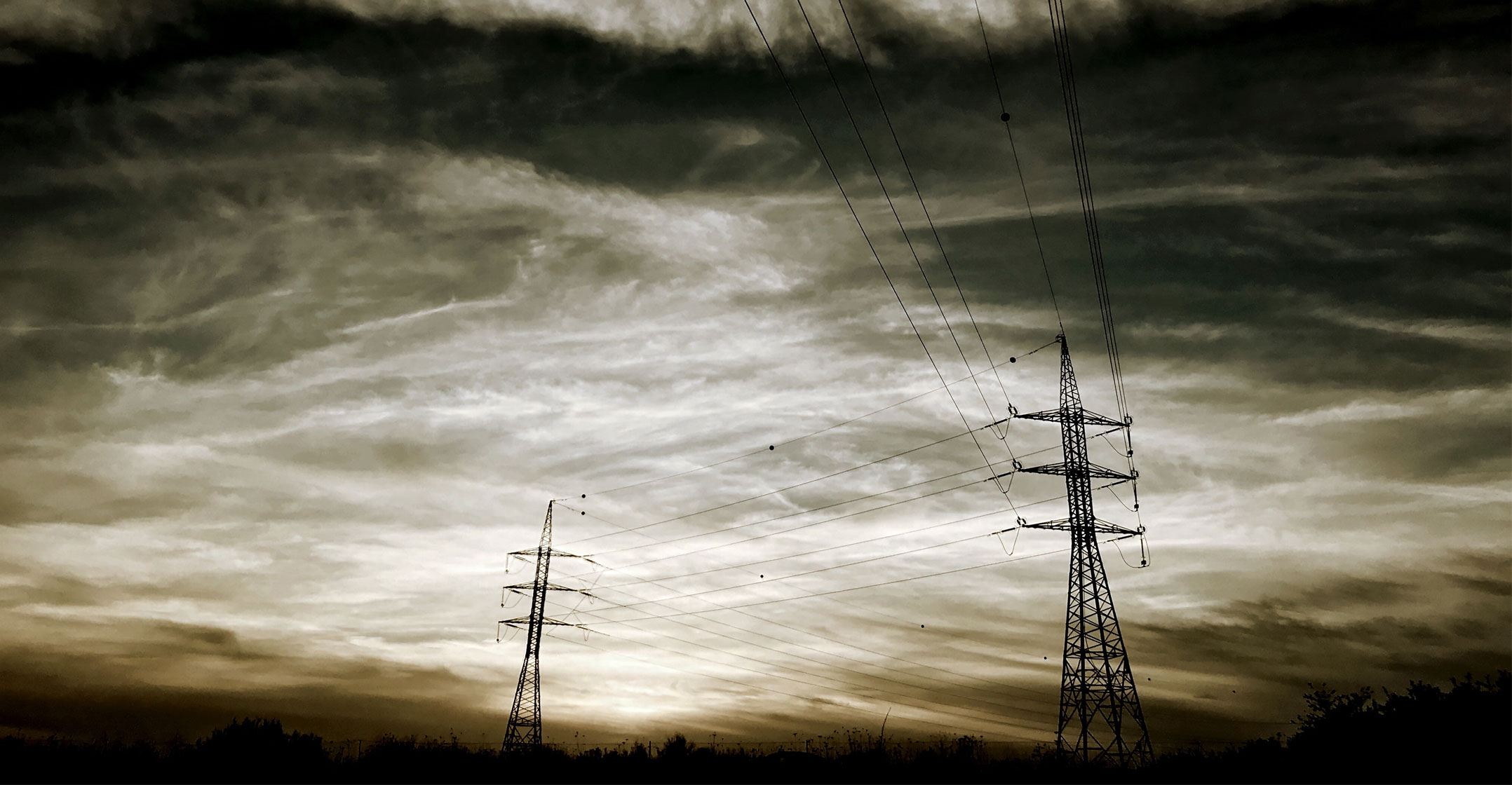 Eskom was forced to implement stage-4 load shedding at short notice on Wednesday (9 June), despite having cut the level of planned maintenance at its power stations to just 1.3GW — an unprecedented low.
Eskom was forced to implement stage-4 load shedding at short notice on Wednesday (9 June), despite having cut the level of planned maintenance at its power stations to just 1.3GW — an unprecedented low.
This reduction was in place by Monday already, when the utility announced stage-1 load shedding in the evening peak. This was changed on Wednesday morning when it announced stage-2 load shedding until Sunday night.
Puzzlingly, its system status bulletin published on Wednesday “forecast” 3GW of planned maintenance this week – more than double the level the utility has confirmed is currently out of service for this reason. This is lower than the expected level as at the end of May, which was 4.1GW for this week (and one has to go back to March to find forecasted levels of 2.5GW of planned maintenance this week).
Eskom still somehow forecasts maintenance of 4.3GW next week, which is highly unlikely given the current situation. (While the utility typically does the bulk of its planned maintenance in summer and reduces this in winter, the lowest level for planned maintenance projected as recently as last week was 2.4GW in mid-July.)
Eskom has clearly cut planned maintenance to what is only absolutely essential due to the continued poor performance of its coal fleet. Had the utility pressed on with its originally planned maintenance, the generation shortfall would be higher than the 2GW that necessitates stage-2 load shedding.
Stage 6
In fact, the differential between “originally” planned maintenance (even at 3GW) and the current level – which equates to 2GW – would be the difference between the stage-4 load shedding required on Wednesday and stage 6 (where it has a shortfall of 6GW).
What does stage 6 look like? For Eskom direct customers in Johannesburg it would mean 11-and-a-half hours a day without power.
Of course, the scheduling of maintenance is dynamic and changes to underlying performance of generating units will see the utility either bring forward or delay planned shutdowns.
 Eskom says the outage at Koeberg (970MW) is no longer included in the planned maintenance figure as it was due to return to service on 1 June. Still, this effectively means it only has roughly somewhere between two and four coal units (of around 300-600MW each) in its entire fleet offline for deliberate maintenance (a typical station has four to six units). This is unheard of.
Eskom says the outage at Koeberg (970MW) is no longer included in the planned maintenance figure as it was due to return to service on 1 June. Still, this effectively means it only has roughly somewhere between two and four coal units (of around 300-600MW each) in its entire fleet offline for deliberate maintenance (a typical station has four to six units). This is unheard of.
The planned outage factor (amount of generating capacity that is offline for planned maintenance) is at a record low. It is just 2.8 this week so far (Monday and Tuesday). This is the 1.3GW (or 2.8% of total capacity) that Eskom states is offline.
Contrast this with the lowest planned outage factor last year of 3.27 (later revised to 3.44), which occurred in week 25. Based on total capacity at that time, this was around 1.6GW. Tellingly, the planned outage factor never dropped below 4 (or the 2GW level) for the remainder of the year.
In the last week, coal plants reached a peak of 24.7GW (on Sunday at 7pm), but since then the coal fleet has not been able to generate more than 24GW. In summer, this would be adequate; when augmented with other sources of power, including imports, renewables and nuclear, it would be sufficient for typical summer peak demand of around 29GW. In winter, however, peak demand is in excess of 32GW (32.6GW on Tuesday at 6pm).
But the coal fleet remains unreliable. On Wednesday morning, Eskom reported “continued delays” in returning units at Kusile, Tutuka, Duvha and Kendal to service. As of last week, Tutuka was producing around 40% of its installed capacity of 3.7GW (six 609MW units).
Horrifying
The Sunday Times reported last weekend that last Wednesday night only one of Eskom’s 17 power stations was running at full capacity. That it (Komati) is among Eskom’s oldest plants is horrifying. On that night, according to the paper, only 10 of the 17 power stations were running at 50% capacity or above.
In recent weeks, unplanned outages have reached as much as 16.7GW (on 30 May at 6am). Breakdowns as at Wednesday morning totalled 13.8GW. This had increased to 15.1GW by lunchtime as it lost additional units at Medupi and Duvha.
Ordinarily, breakdowns at the 13GW or even 14GW level would be fine. Eskom’s “likely risk scenario” factors in outages of around 13GWW (with an additional 2.2GW operating reserve margin). In the evening peaks, it would be able to draw on emergency generation capacity (pumped storage schemes and open-cycle gas turbine plants) to meet demand.
 But it is relying on this peaking capacity to keep the lights on during the day. Pumped storage schemes have been used throughout the day for the past week, peaking at 2.6GW at 9am on Sunday. This is clearly unsustainable as Eskom simply does not have the excess capacity overnight (2GW) to pump this water back uphill.
But it is relying on this peaking capacity to keep the lights on during the day. Pumped storage schemes have been used throughout the day for the past week, peaking at 2.6GW at 9am on Sunday. This is clearly unsustainable as Eskom simply does not have the excess capacity overnight (2GW) to pump this water back uphill.
The longer than planned outage of Koeberg unit 1 (970MW), which was originally expected to return to service a month ago, has certainly been a major contributor to the current crisis. Eskom says the unit will be synchronised later this month.
Curiously, the level of imports is far lower than normal. This is typically at the 1.5GW level, but the utility’s data portal confirms only half this amount (between 700MW and 750MW) is currently being received.
Despite the use of non-commercial generation (effectively two Kusile units), which ranged from 421MW to 726MW over the past week, Eskom has not been able to avoid load shedding.
Last week, it ate into its important operating reserve margin twice (31 May and 3 June) to avoid the use of expensive emergency resources and/or load shedding.
- This article was originally published on Moneyweb and is used here with permission




